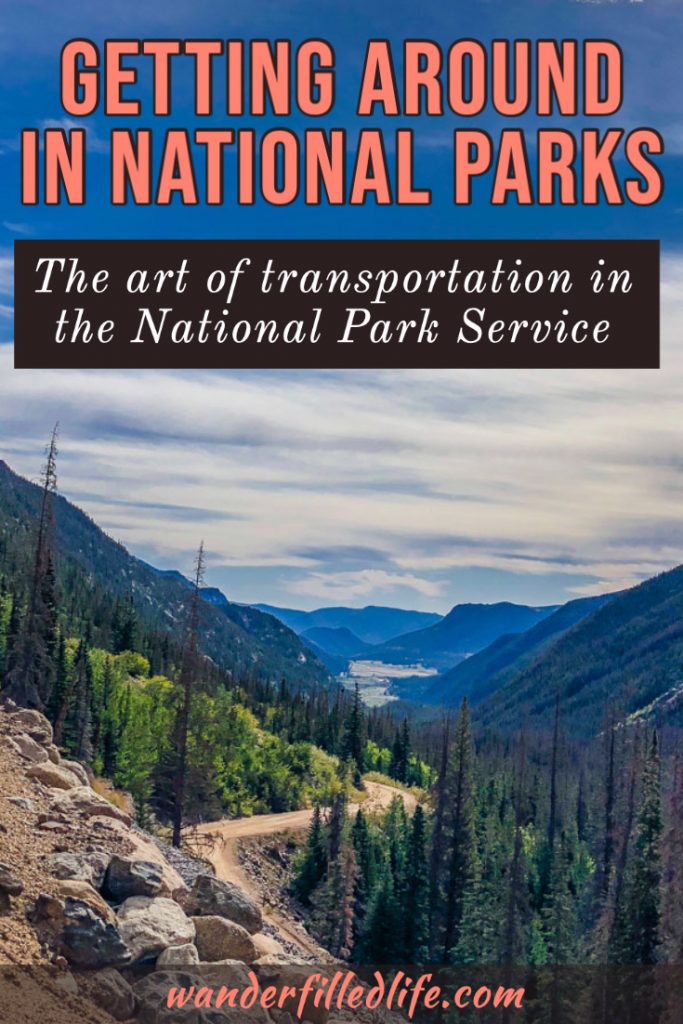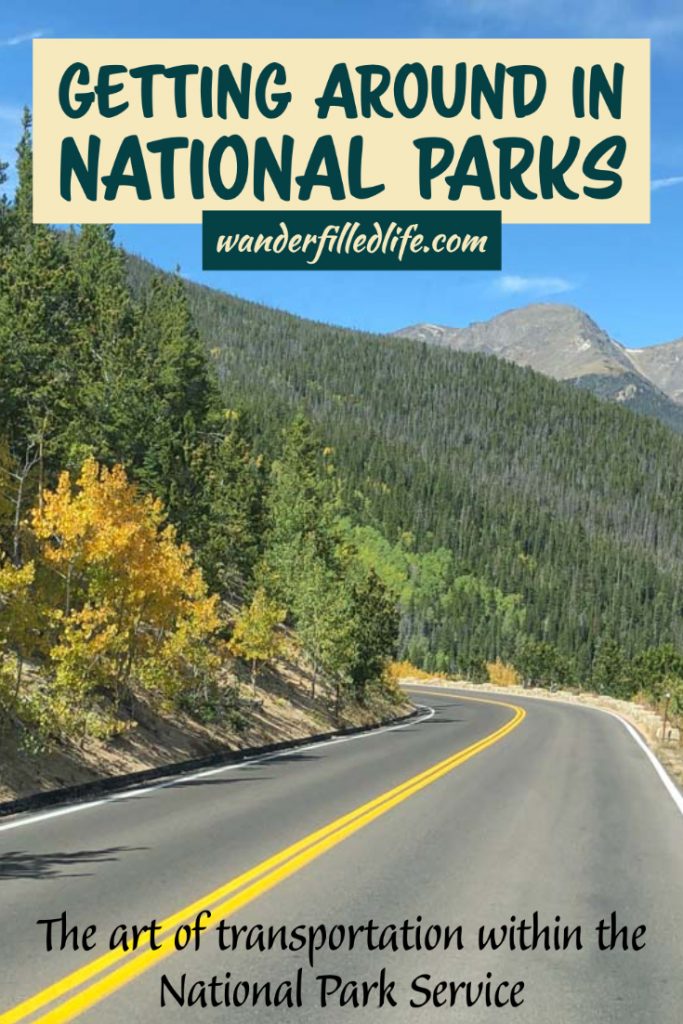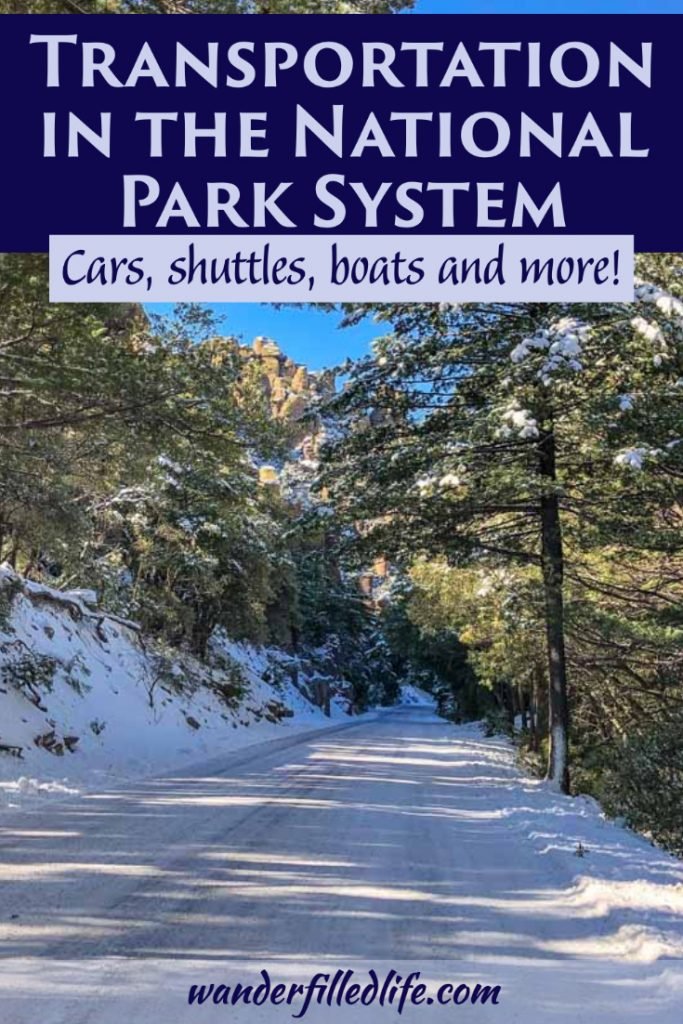Last Updated on February 19, 2024 by Grant
Our country’s National Park System is as diverse as the country itself with 419 very different units scattered across thousands of miles. In each of these locations, the Park Service has created ways of getting around in the national parks that not only benefit the visitor but blend so well with the landscape that they become an attraction themselves.
We have traveled to just over half of the units of the National Park System. We have been to 31 of the 62 designated National Parks, as well as 230 out of 419 of the total units of the Park Service. The Park Sevice has made great strides to reduce congestion in many of the most popular National Parks. That said, most units still require you to drive to get there and get around inside the parks.
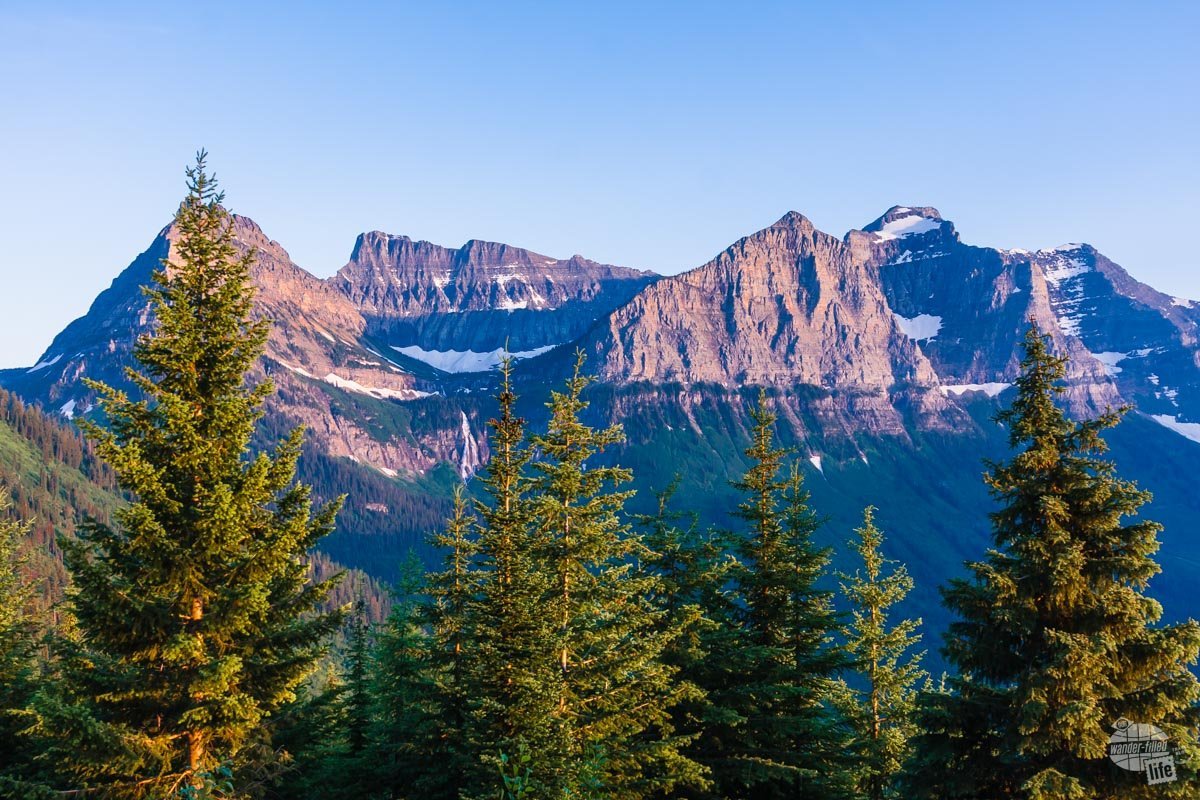
What makes the parks so unique is the amount of work the Park Service has done to make driving in the parks an experience in and of itself. Many of the parks, like Glacier National Park and Rocky Mountain National Park feature roads that are engineering marvels.
Since it’s Transportation Tuesday of National Park Week, let’s take a look at transportation in the parks!
(Disclaimer: When we link to places where you can buy our stuff or places we stayed, we are using special codes that earn us commissions on the sales at no additional cost to you. Please see our Review Policy for more information.)
Getting Around the National Parks by Car
In the vast majority of NPS sites, the best way to get around is by car. This is due to two factors: the size of the parks and the remoteness of many of the parks. While there are a few parks that have mass transit options, the vast majority of the Park Service does not.
What the parks do offer is roads that will take you to staggering views and make traversing difficult terrain a relaxing drive.
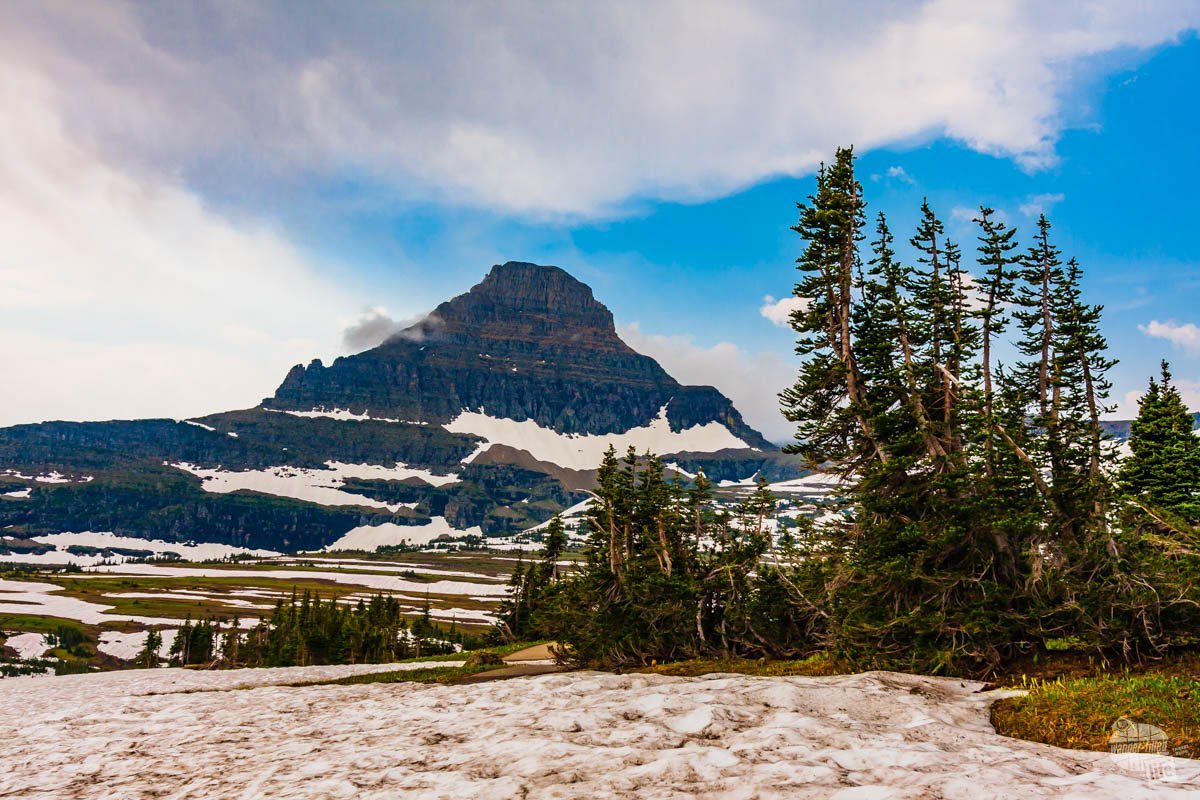
When it comes to must-drive roads in the Park Service, there are quite a few. Going-to-the-Sun Road in Glacier NP immediately comes to mind as one of the most scenic drives in this country.
This incredibly scenic road is less than 50 miles long but it crosses Logan Pass at 6,646 feet.
Another stunner is the amazing Trail Ridge Road in Rocky Mountain NP. With a max altitude of 12,183 feet, this is the highest paved road in Colorado. You feel literally on top of the world when crossing this high above the tree line. It’s easily the highest above sea level we have been outside a plane.
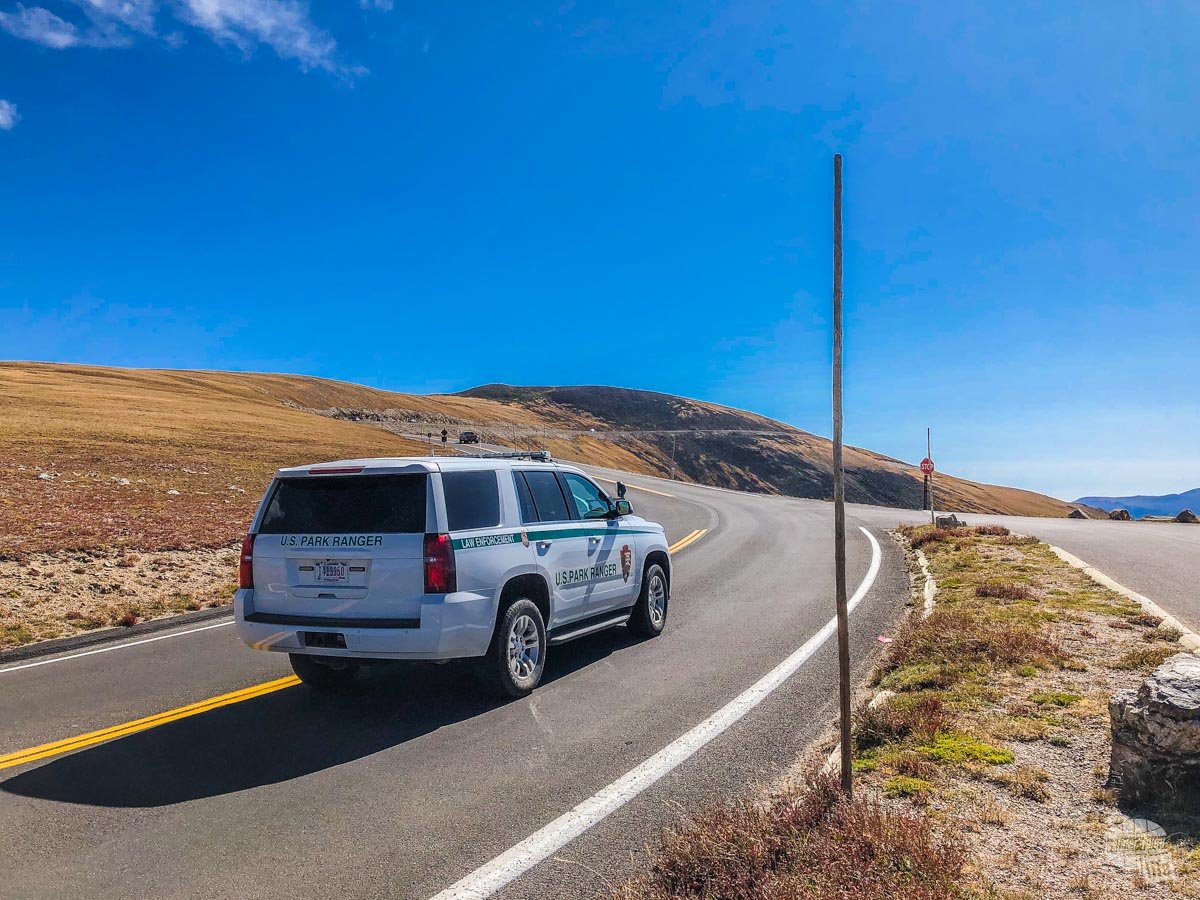
But it’s not just the named National Parks which offer staggering views along their roads. Bonita Canyon Drive in Chiricahua National Monument in Arizona is short by comparison. But its 360-degree views from Masai Point of the canyons below make it a true treasure.
It’s not just mountain views you will find on these spectacular drives. One of our favorite scenic drives is the Pierce Stocking Scenic Drive in Sleeping Bear Dunes National Lakeshore. This brief 7.4-mile loop winds through forest and a large dune complex with simply breathtaking views.

National Parkways
In the 1930s, the government developed several National Parkways. The idea was these roads would be a source of recreation for drivers. The road would be landscaped like a park. It would be designed to be a relaxing and pretty drive and include various stops to admire the scenery.
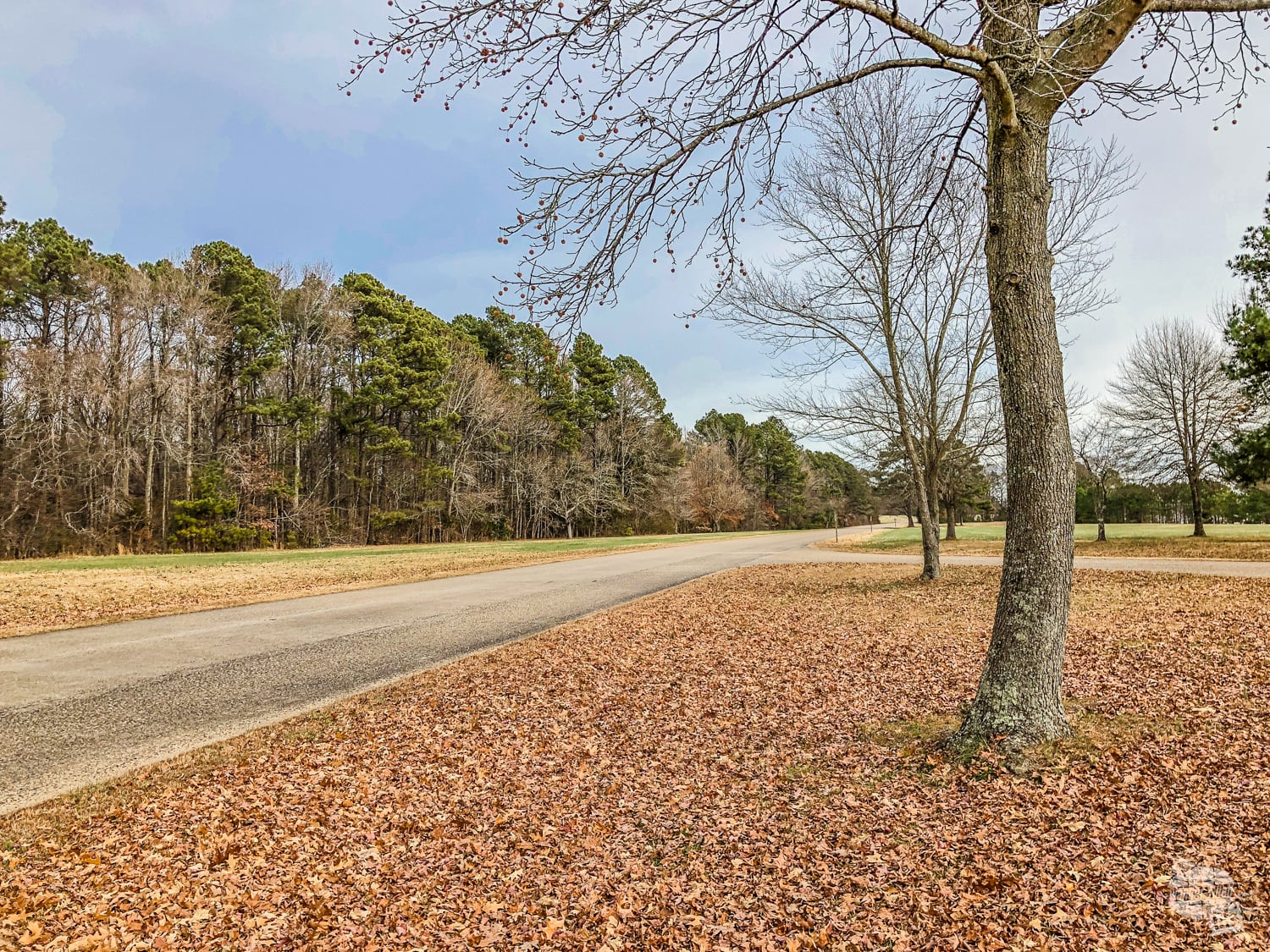
Some of these parkways have since become primarily commuter routes, particularly around Washington, DC. Thankfully, quite a few retain their recreational purpose. Even the ones in DC are maintained to be a pretty drive. They have multiple parks and memorials incorporated into the road.
The two longest of the National Parkways are the Natchez Trace and the Blue Ridge Parkway. The Natchez Trace follows one of the major historic trading roads. The trace ran from Nashville, TN to Natchez, MS and linked the Cumberland and Mississippi rivers.
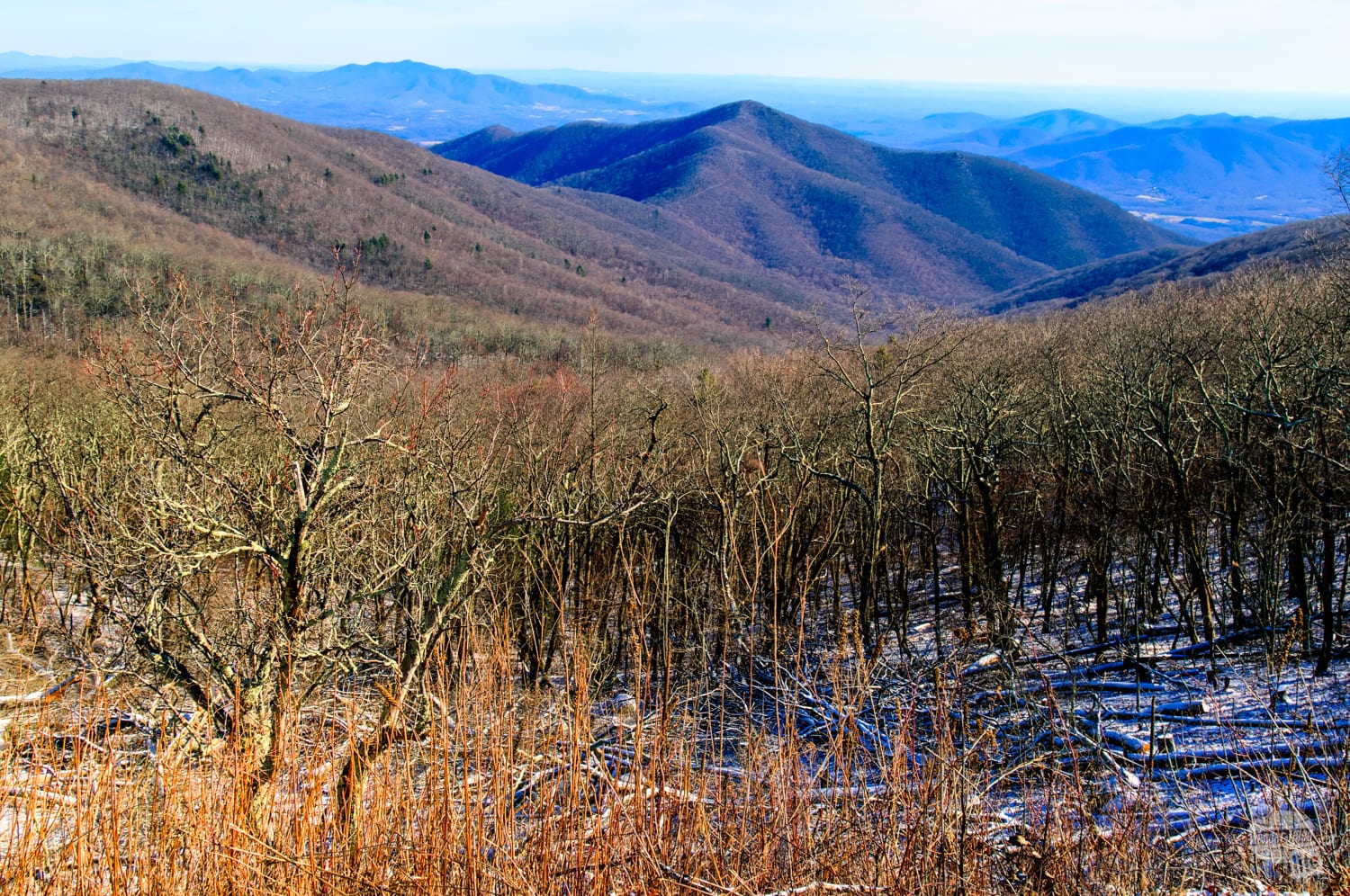
The Blue Ridge Parkway is one of the most popular drives east of the Mississippi. It is also the most popular unit of the National Park Service for most years. The drive links Great Smoky Mountains National Park with Shenandoah National Park.
This 469-mile route winds through the Appalachian Mountains, offering spectacular views and ample places to stop.
Auto Tours
As much as we say get out of your car and explore a National Park, battlefields are a different ballgame.
Pretty much every battlefield run by the Park Service has a driving tour. While exploring a Revolutionary War battlefield, like Cowpens National Battlefield, might be relatively easy by foot, Civil War battlefields like Manassas, Antietam and Shiloh are much larger and require a drive.
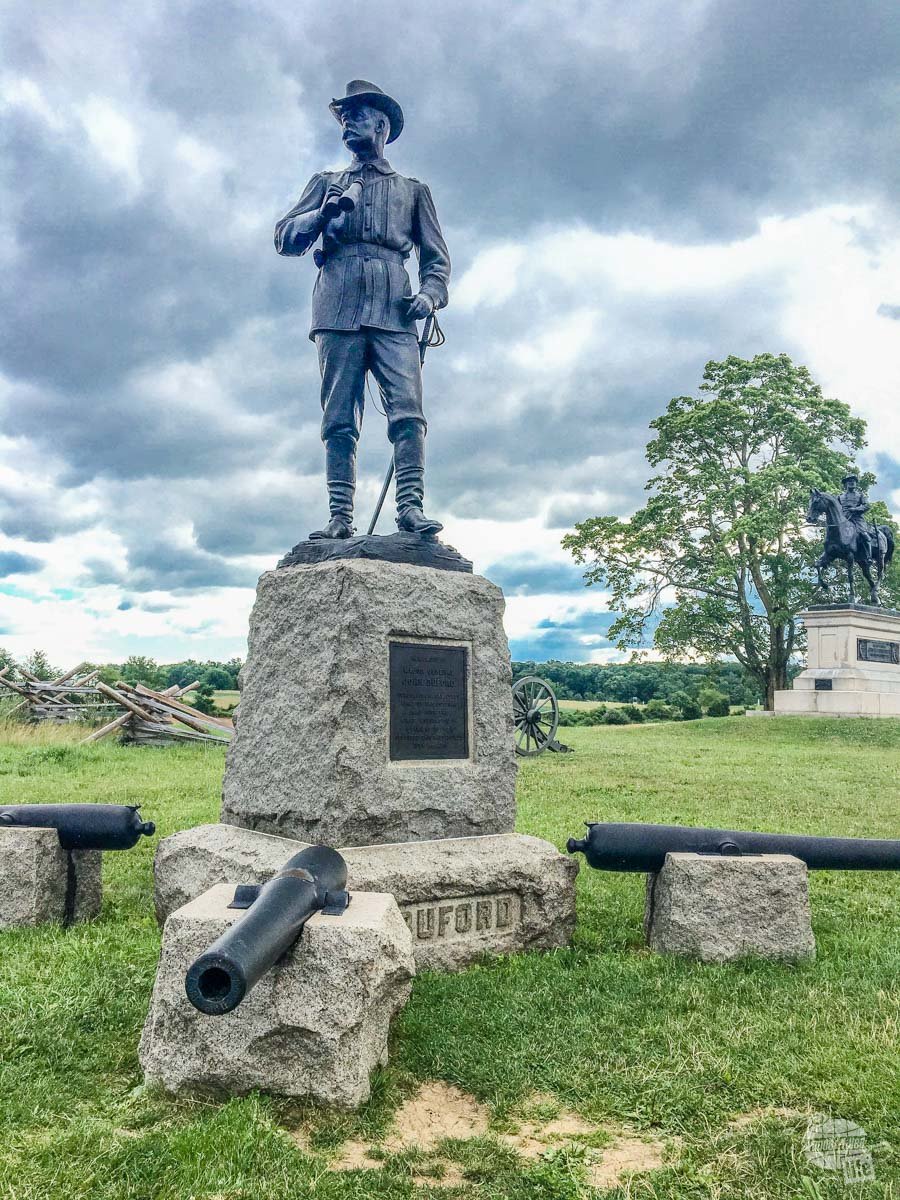
In every battlefield we have been to, the Park Service has some sort of auto tour. These tours help guide you through the battle and understand what happened all those years ago. That is extremely helpful in understanding battles with lots of moving parts like Gettysburg.
Unimproved Roads
One of my great joys in exploring our National Parks is getting off the paved roads and into the backcountry. The Park Service has a good number of improved and unimproved dirt roads. These roads allow folks access to some serious solitude.
Some of the roads are easy enough to navigate with a normal vehicle. Many, however, require four-wheel drive, so be sure to check in with a ranger before you attempt them.
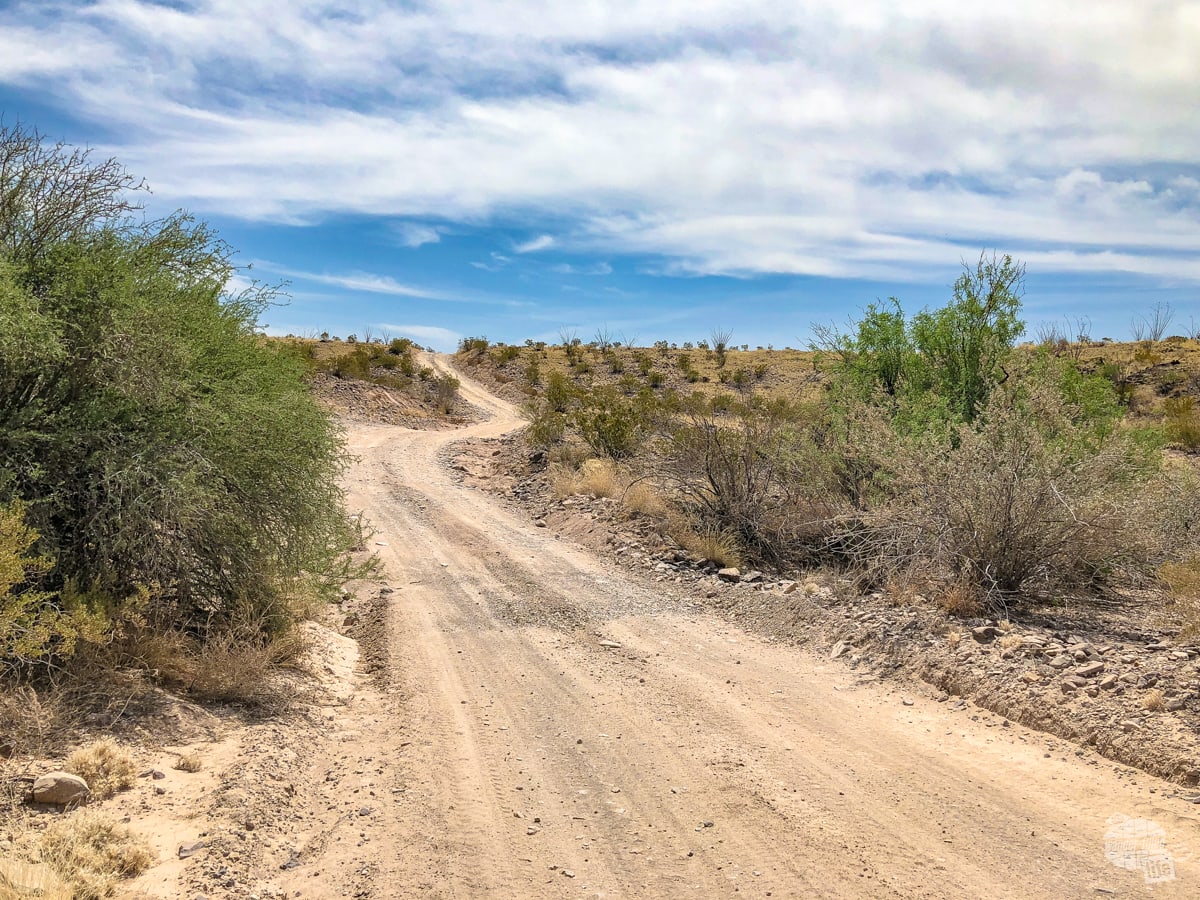
If you enjoy getting out in the backcountry, Big Bend National Park is easily my favorite! This park has 30 miles of improved dirt roads, which any car can handle and 110 miles of unimproved dirt roads!
We drove all of the improved and most of the unimproved roads on our trip there and loved every minute of it. In particular, driving River Road across the southern portion of the park and doing a little backcountry camping remains one of our favorite experiences!
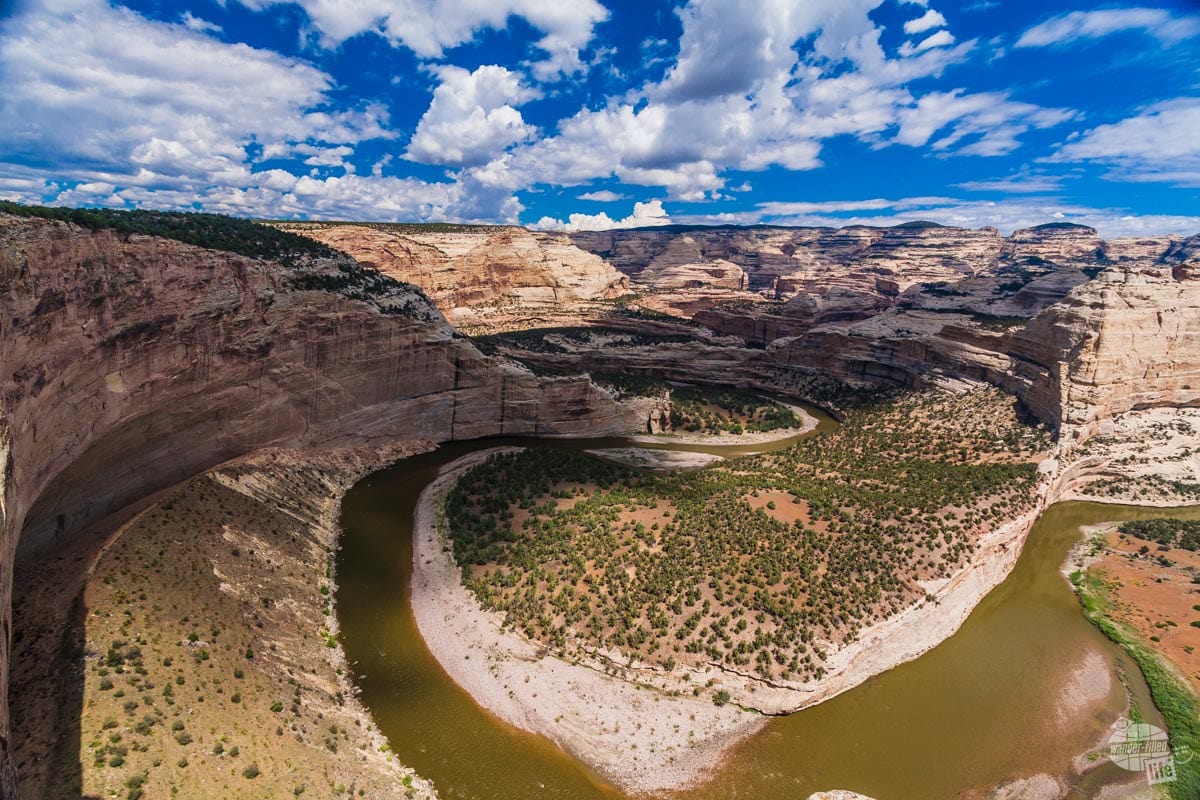
We also found driving the Yampa Bench Road in Dinosaur National Monument led us to some of the best views we have ever seen. Harding Hole, in particular, was more than worth the drive out.
Likewise, on the east side of Glacier NP you will find the North Fork Area. Its rugged dirt roads lead to some of the best solitude you will find in the park, like Kintla Lake near the Canadian border.
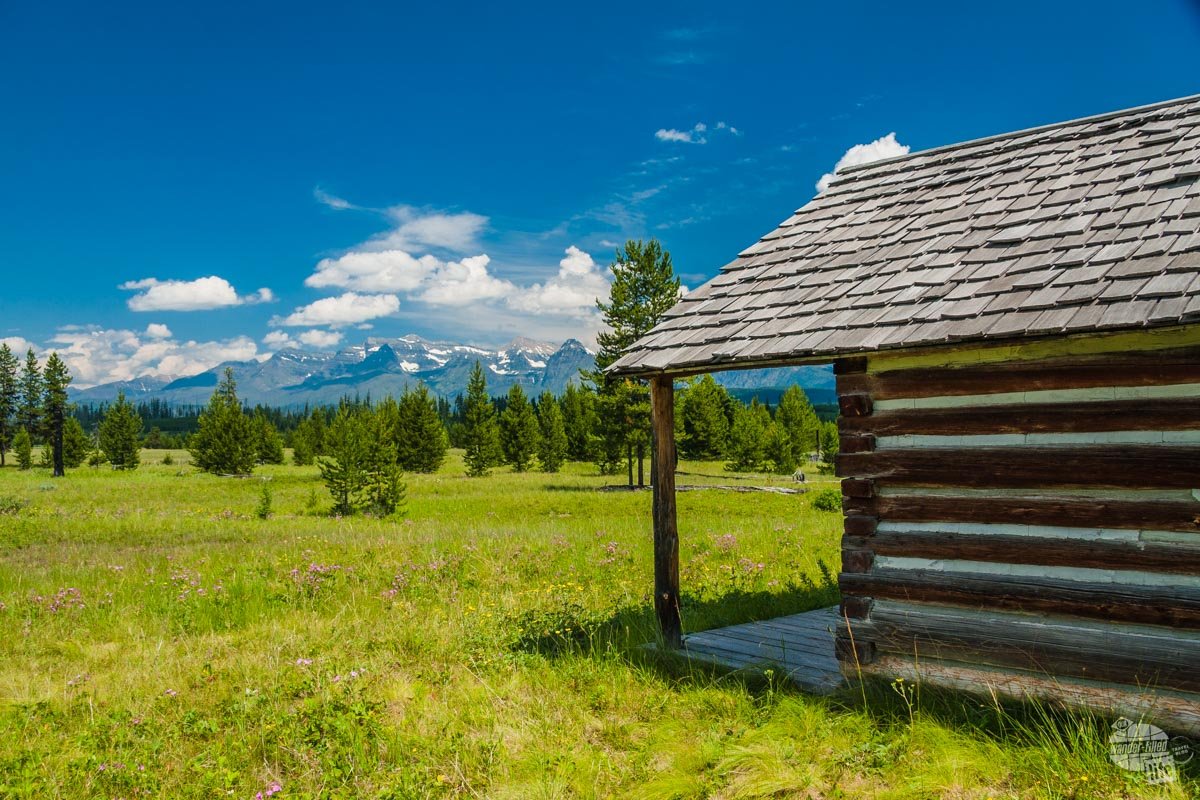
Parks with Shuttles, Busses and Trains
A few of the more crowded parks are implementing visitor shuttles to alleviate overcrowded parking lots and ease congestion getting into the park itself. We have seen this work really well and not at all at some of the parks we have visited.
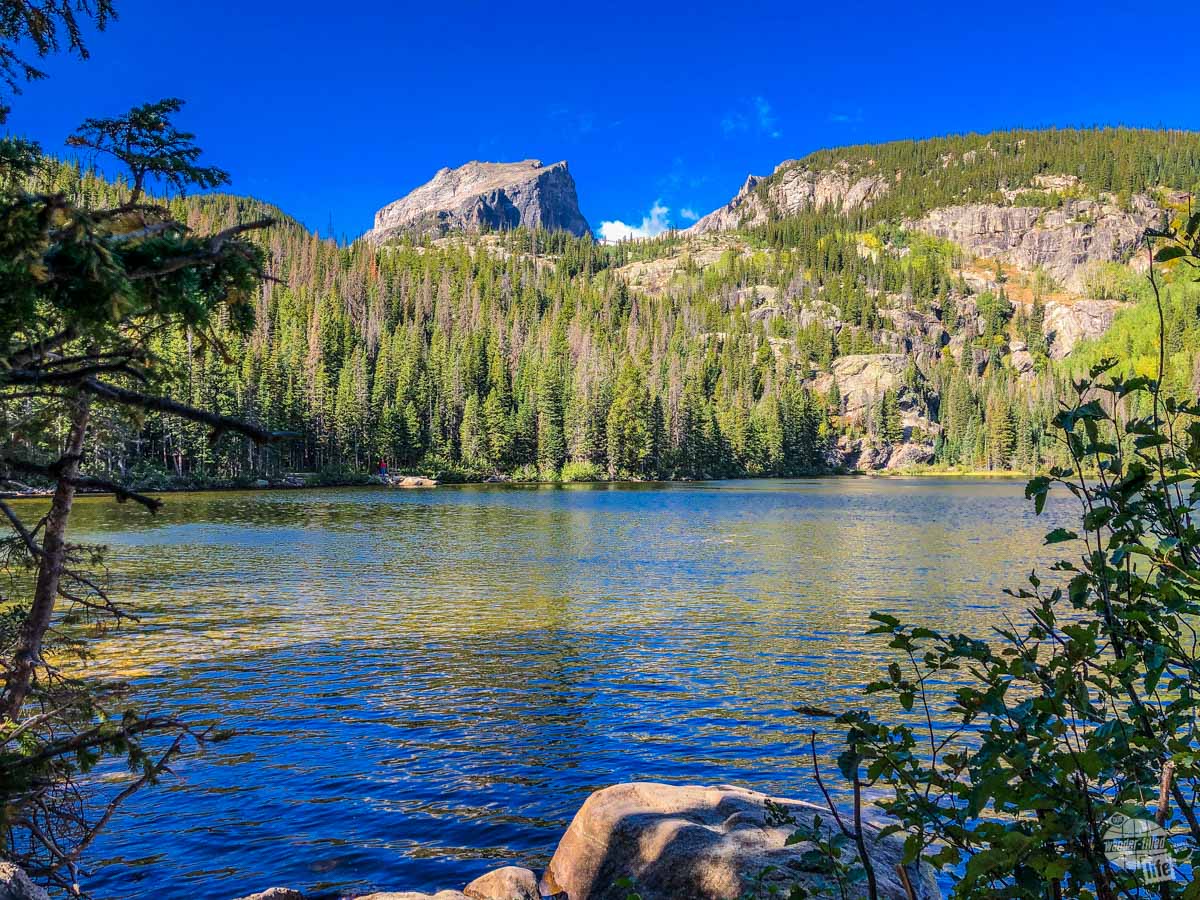
In Rocky Mountain NP, there is a shuttle which will take visitors from Estes Park or a Park & Ride lot in the park to some of the most popular trails on the east side of the park. We took the shuttle to get up to the Bear Lake and Glacier Gorge Trailheads for some hiking and found it to be quite easy to use.
Yosemite National Park, on the other hand, has bus service going into the park but the road to the El Portal Entrance Station is one lane, so if there is a lot of traffic, the bus is stuck in the traffic as well.
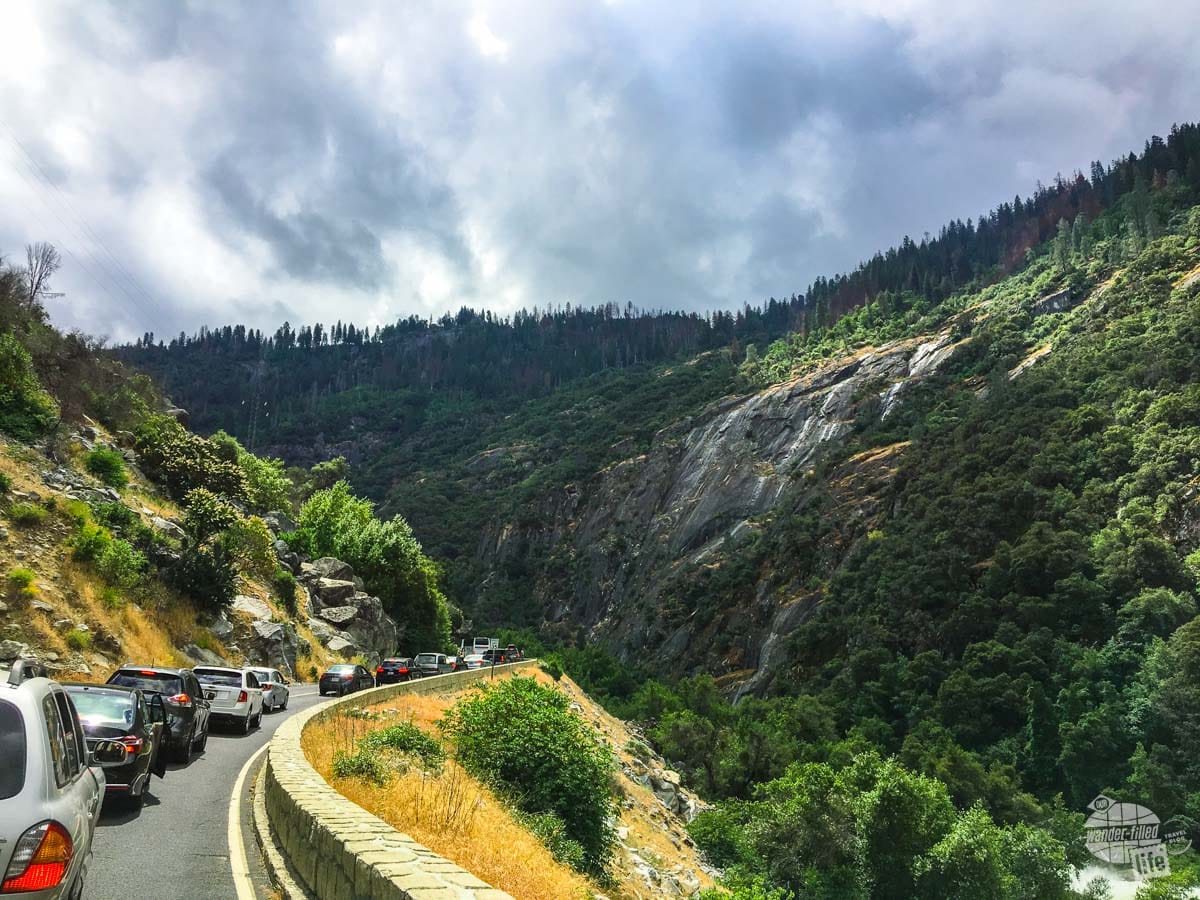
Once inside Yosemite Valley, the Park Service operates a shuttle bus with their own lanes. Basically, once you get in the valley, park your car and ride the shuttle wherever you need to go. It is quite convenient.
Denali National Park has actually restricted personal vehicles from traveling the main park road past mile 15. Beyond that, you must take a bus to the various stops along the road in the park. The busses make stops so you can get out to experience the park along the way and will stop for wildlife. We spotted a wolf hunting on our honeymoon trip to Alaska.
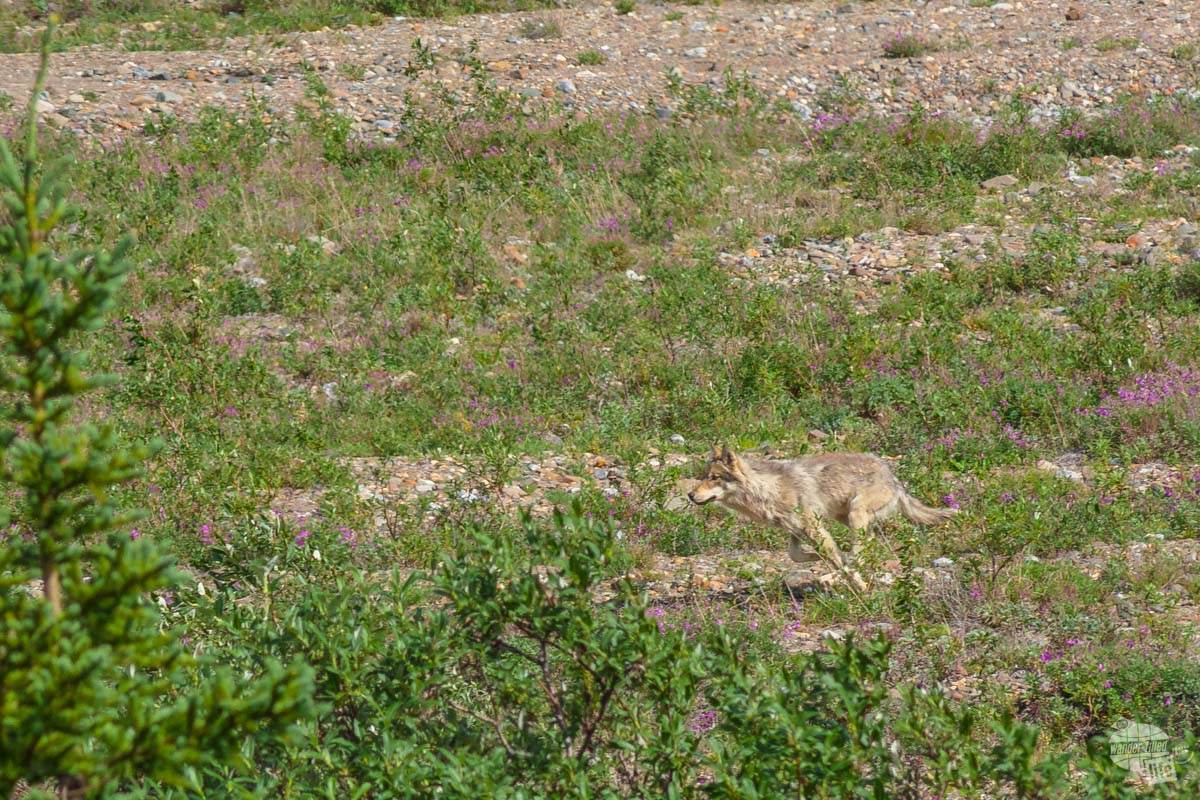
The Park Service is also good about offering shuttles for hikers, like the one in Chiricahua NM which will take you to Masai Point to allow you to hike down Echo Canyon back to the visitor center.
In all, these shuttles, when properly implemented, can make it a lot easier for hikers to explore the parks and we are all about it!
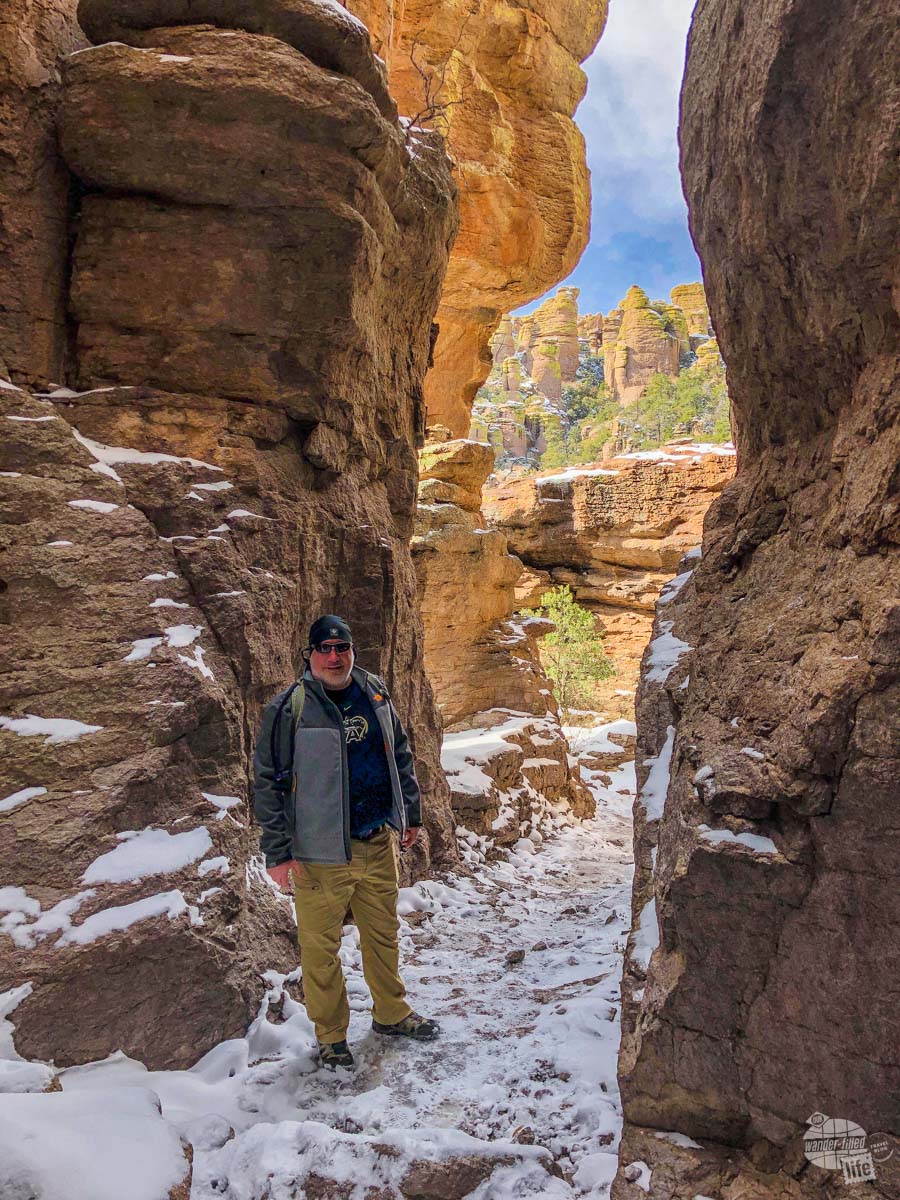
One of the more unusual ways we have toured a National Park is by train.
Cuyahoga Valley National Park has a scenic rail line that runs the length of the park allowing visitors to see the park from the comfort of an air-conditioned passenger car. The scenic railroad’s Bike Aboard ticket allows folks biking the towpath, a long, paved foot and bike path that runs the length of the park, to easily get back to their cars.
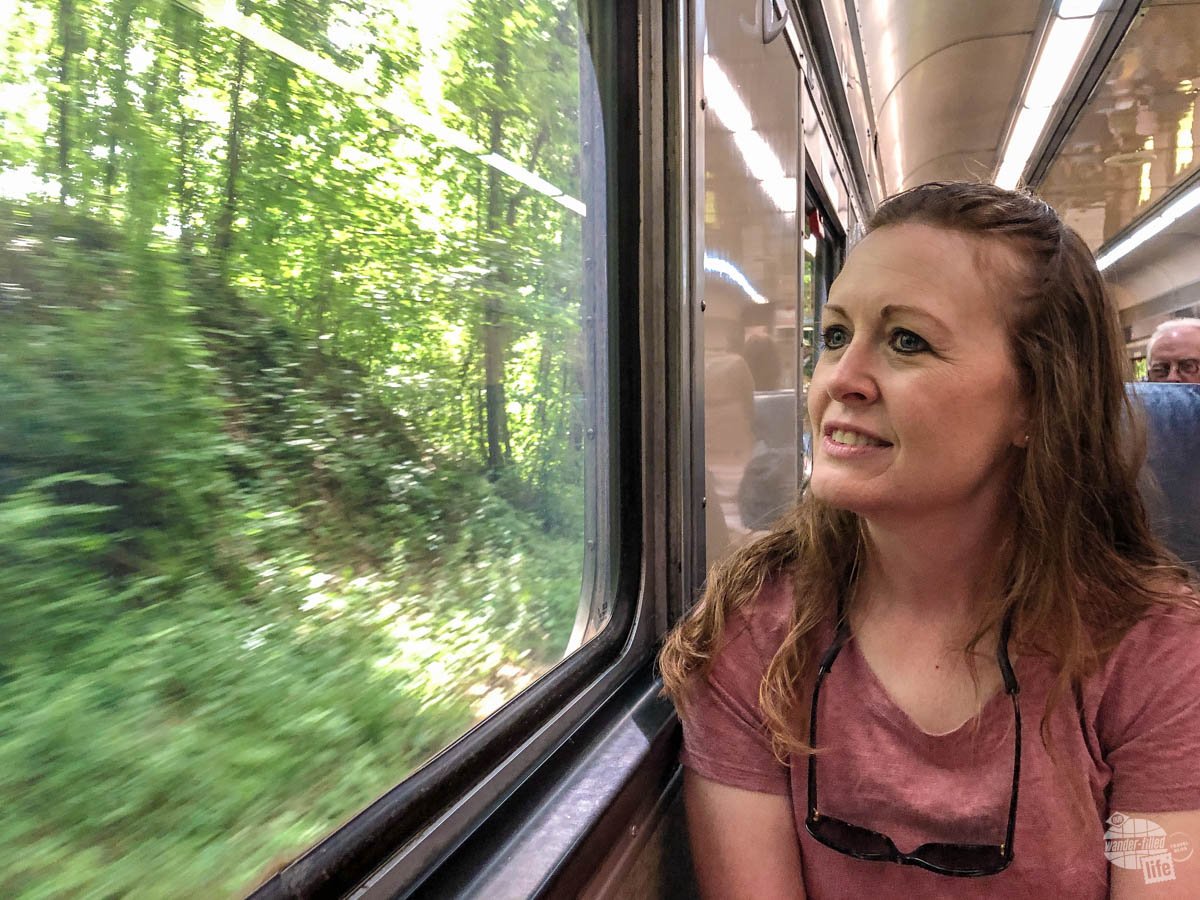
Getting Around in National Parks by Boat
While most National Parks are primarily land-based attractions, there are several that revolve around water. Some require ferries to get to. Others require boats to enjoy at all. Most of the time, the Park Service has designated concessionaires which handle ferries and water-based tours.
Biscayne National Park in South Florida is more water than land and if you want to see it, we highly recommend working with the Biscayne National Park Institute, a nonprofit, which operates the tours for the park. We went paddle boarding and toured Boca Chita Key on our last trip and it was spectacular.
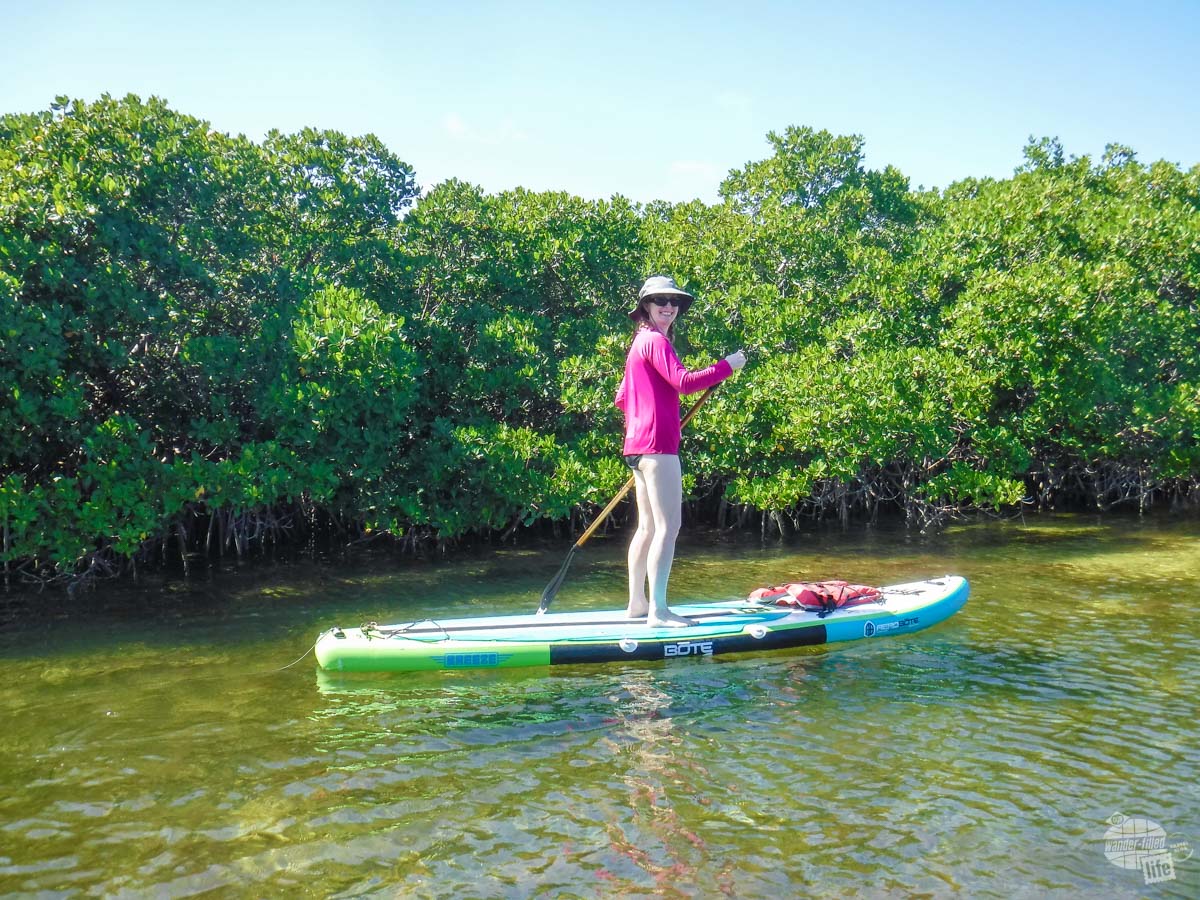
Other parks, like Isle Royale National Park and Dry Tortugas National Park, you have to take a ferry just to get there. That does make for an expensive trip but they are so worth it! Seriously, one of the best night’s sleep we have ever had was at Isle Royale NP.
Still, other parks have huge portions that are inaccessible except by small boats, like Voyageurs National Park and Everglades National Park. While you can take tours there, you can also get out on your own on the marked canoe trails.
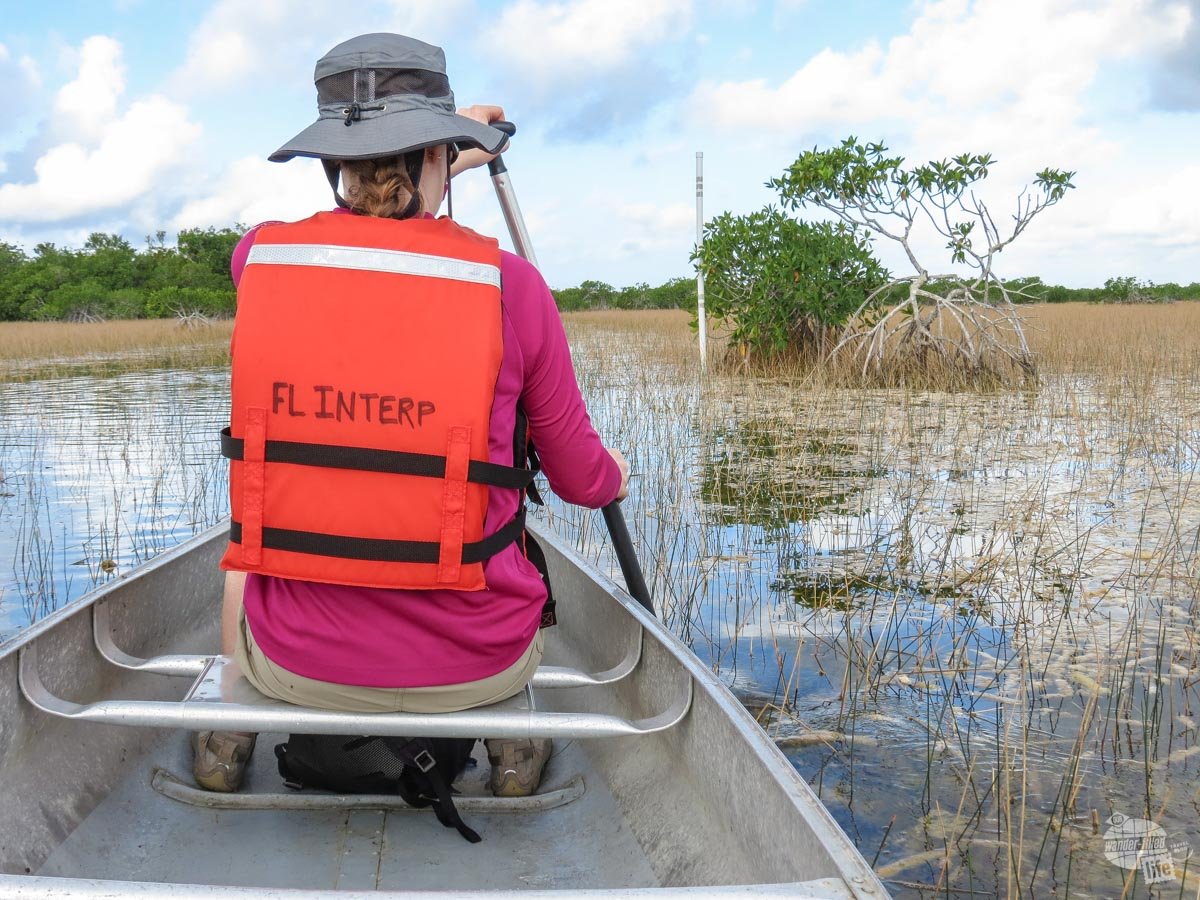
We took probably the best ranger-led (and free) tour we have ever done on Nine Mile Pond in the Everglades. So pretty, so quiet… other than when saw a big bull alligator bellowing in the distance. Truly one of our favorite experiences.
One of the more unique ways of seeing a National Park is by cruise ship! Glacier Bay National Park in Alaska often has cruise ships sail into the bay to check out the glaciers in this fjord. One of the things I love about this is the Park Rangers come out to the cruise ship and set up a visitor center on the boat. This allows tens of thousands of visitors to experience this remote park as well as the goodness that is the National Park Service.
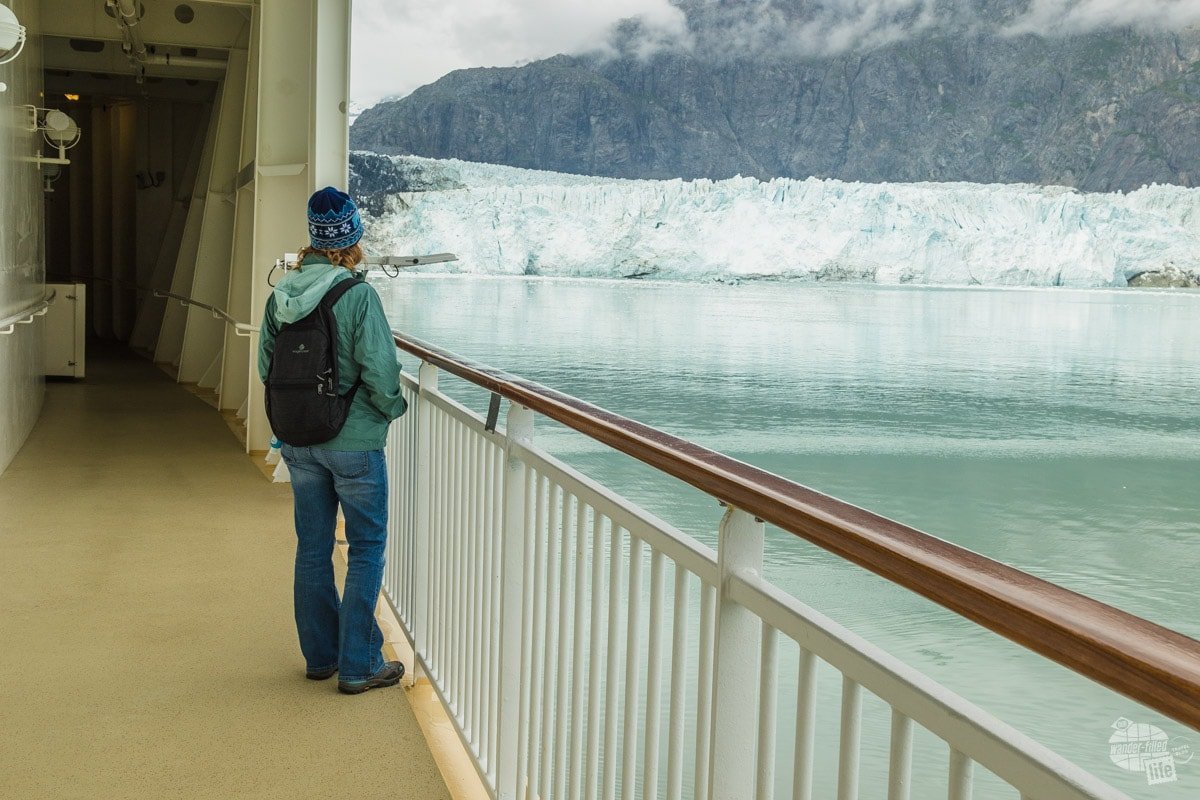
Final Thoughts on Getting Around in the National Parks
Especially for folks coming to the US from other countries where mass transit is the rule, getting around in the US can be a bit daunting. Knowing that you need a car to truly see most National Parks is important.
Indeed, we have spotted foreign tourists hitchhiking in Yellowstone National Park trying to get to various attractions. They came in on a tour bus, are staying the night but don’t have access to a car so are reliant on the generosity of others if they want to explore a park that is larger than Rhode Island and Delaware combined.
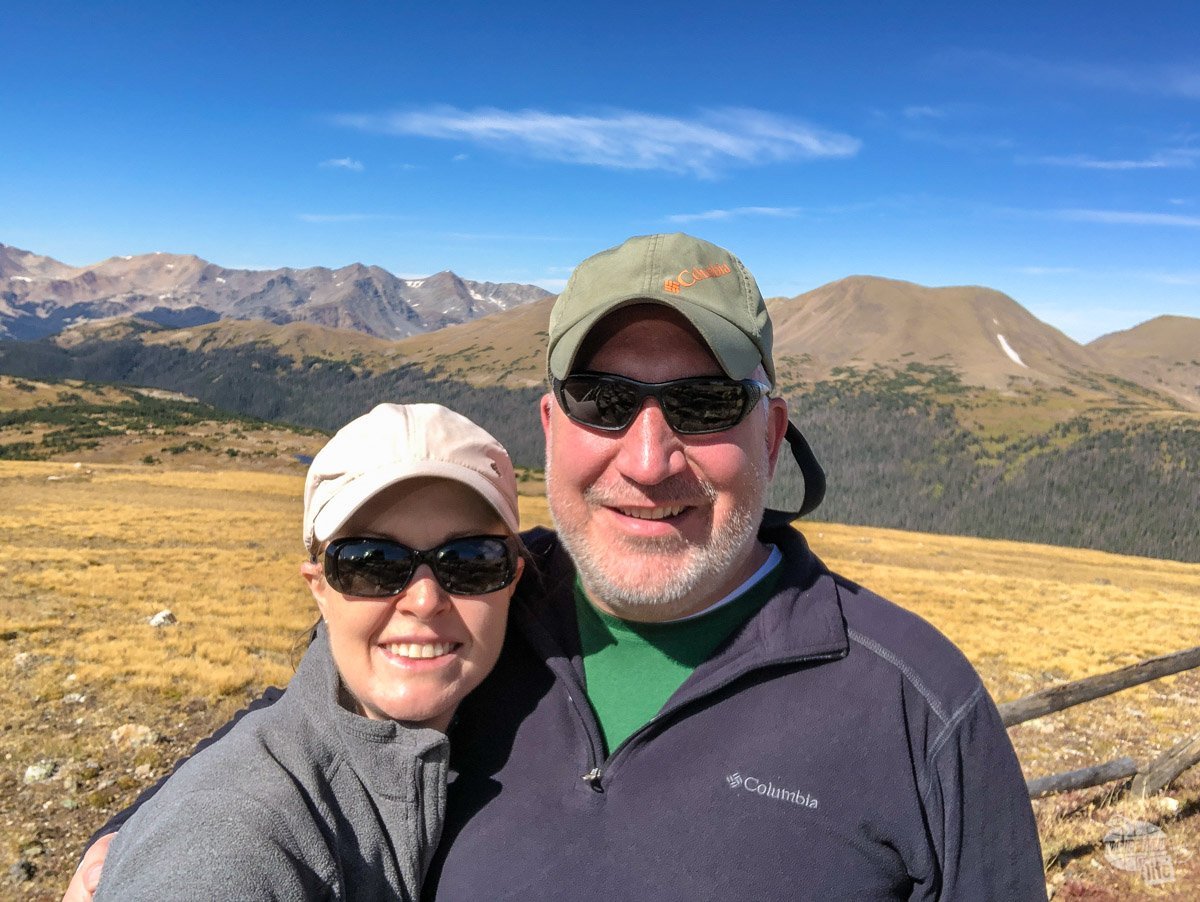
That said, the Park Service continually goes above and beyond to make getting around the parks just as important as everything else in the park.
The continued and amazing use of land and water to enhance the experience is the hallmark of the love the Park Service has for the parks and the desire to help people experience them in a profound way.
Taking someone on Trail Ridge Road or canoeing in the Everglades or across Lake Superior to Isle Royale NP are life-changing events. The Park Service makes this happen every day. And for that, we are extremely thankful!
Travel Resources
What do you use to find a flight?
We use Skyscanner to find deals on flights. Skyscanner has a great interface and compares tons of airlines for the best pricing and routing. That said, it does not always have every airline and some airlines will have better deals on their website. Still, Skyscanner is a great place to start.
Click here to search for a flight.
What do you use to find a hotel?
We typically stay at Hilton properties, so we use the Hilton website. You can find good Hilton Honors discounts or AAA discounts for a hotel there. We make great use of our free night certificates from our Hilton Honors American Express.
Click here to book a Hilton property.
If there are no Hilton properties available, we use TripAdvisor to read reviews and book the hotel. We find we can get the best price that way.
Click here to search for a hotel.
We recently partnered with Stay22 to add interactive maps to each of our destination posts. This will allow you to see a plethora of hotels and vacation rentals all in one responsive map of the area.
What if I need more space than I can get at a hotel?
We use Vrbo for the times when we have rented a cabin for a weekend getaway, like this cabin in Townsend, TN, or needed to rent a house for a large family vacation. We had a great experience with them in terms of refunding deposits when COVID hit and will continue to use them.
Click here to search for a vacation rental.
Who do you use for rental cars?
As a general rule, we book with Hertz for rental cars. We have had nothing but good experiences with them. Plus, we really like unlimited mileage and not worrying about crossing state lines. We have even rented from Hertz overseas in both Slovenia and Croatia.
Click here to book a rental car.
How about booking a cruise?
We have found some amazing prices for booking a cruise through Cruise Direct. We have saved a lot of money on our cruises compared to what we found elsewhere, making a last-minute Bahamas cruise even cheaper.
Click here to book a cruise.
What if I want to rent an RV?
We highly recommend Outdoorsy for RV rentals. We rented a camper van for a week to visit Rocky Mountain National Park for the elk rut and Custer State Park for the Buffalo Round-Up and had a blast. The program was easy to use and we really enjoyed the freedom of having a camper van for that trip.
Click here to rent an RV.
What do you use for booking tours?
We don’t often book tours. Typically, we like to do stuff on our own. That said, there are some experiences you can’t have any other way. So, when we do want to book a tour, we always check Viator first.
Click here to book a tour.
Do you use anything to get discounts on the road?
We make extensive use of both Good Sam and AAA on the road. Good Sam is normally regarded as a discount card for RVers at campgrounds and Camping World but anyone can use the 5 cents off a gallon at the pump at both Pilot and Flying J.
Click here to get a Good Sam membership.
We have had AAA as long as we have been married and it has more than paid for itself in discounts at hotels, aside from the peace of mind of having roadside assistance. Add in paper maps and the ability to get an international driver’s license and it is more than worth it for any traveler out there.
Click here to get a AAA membership.
